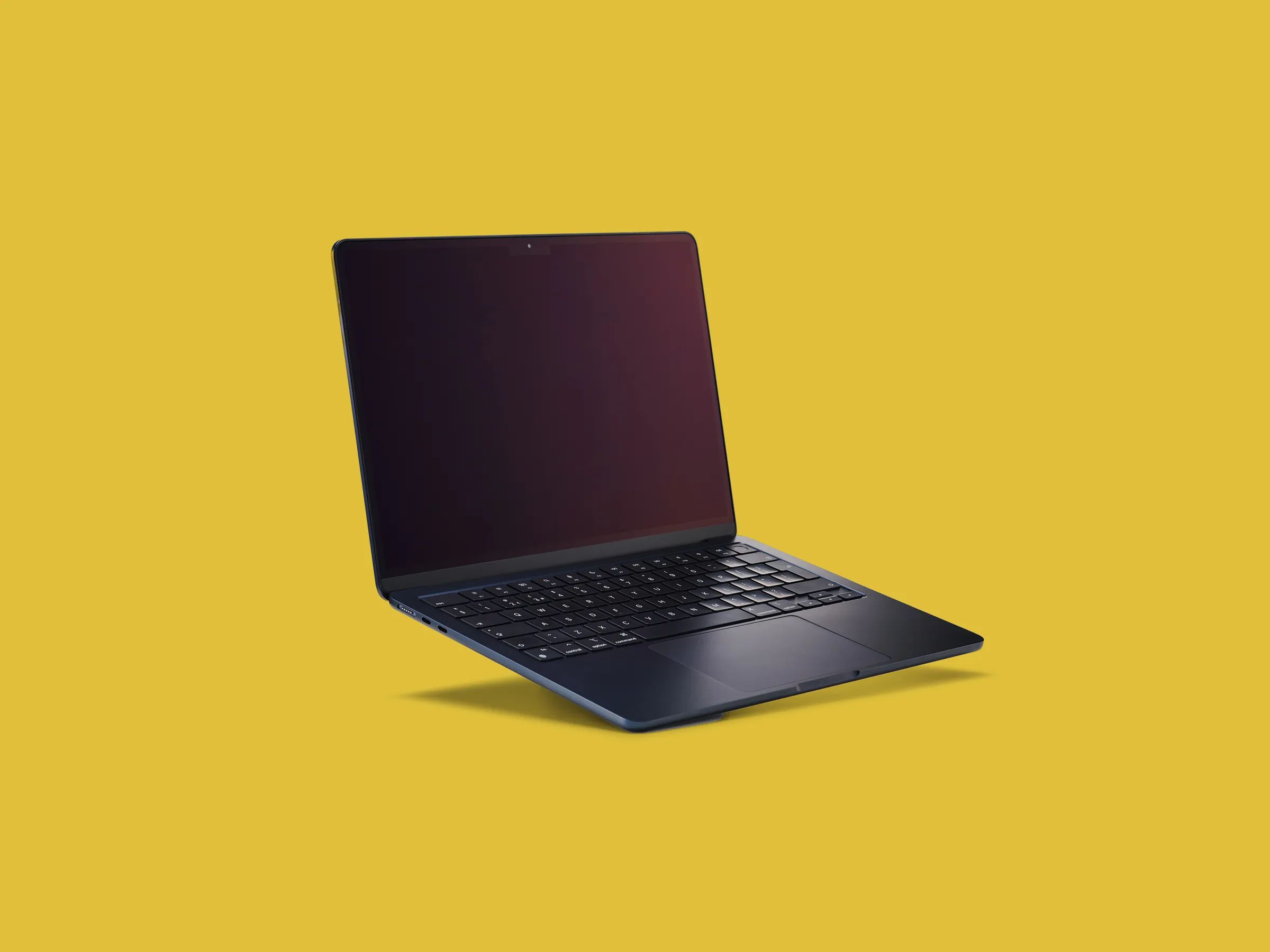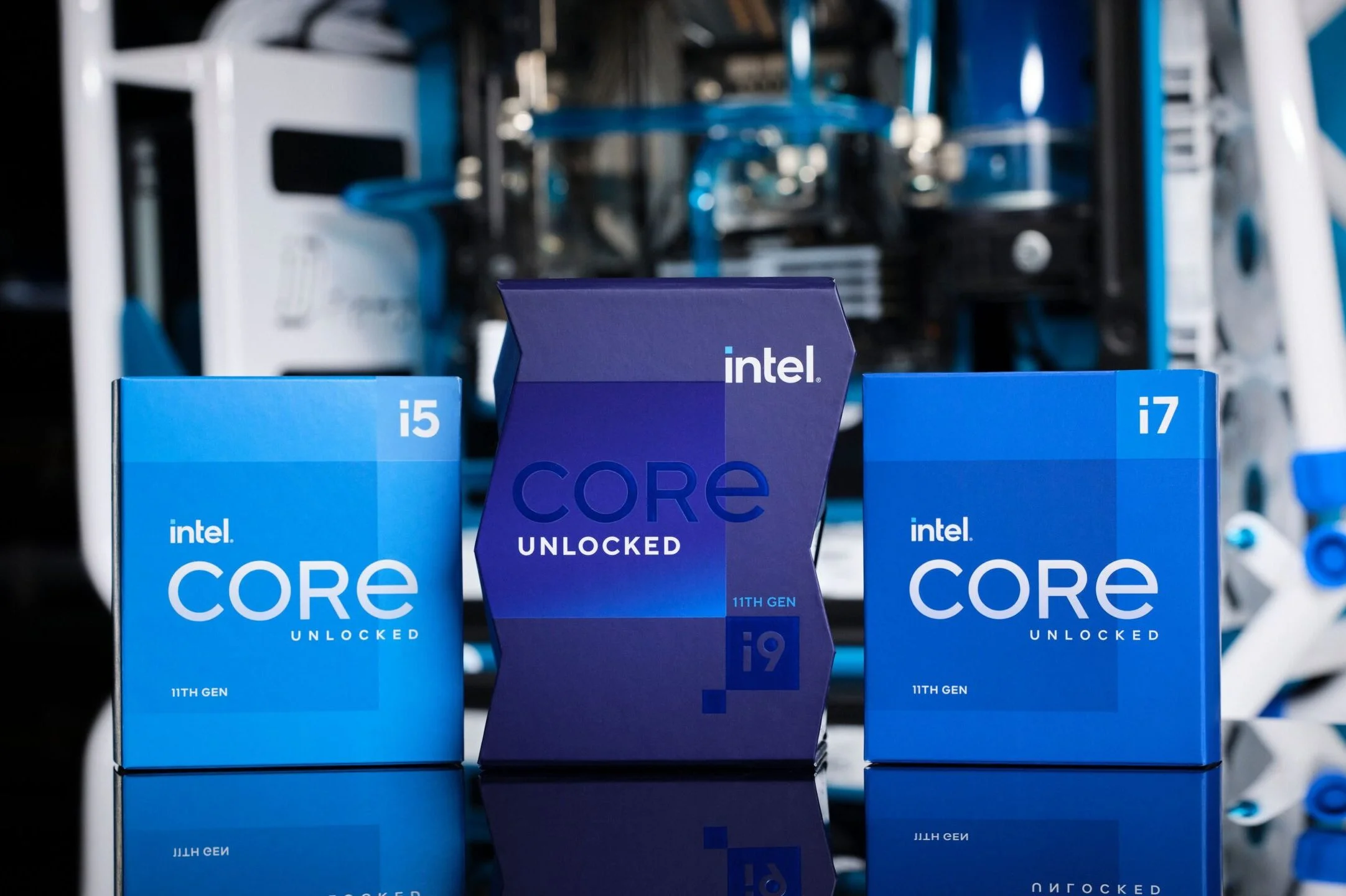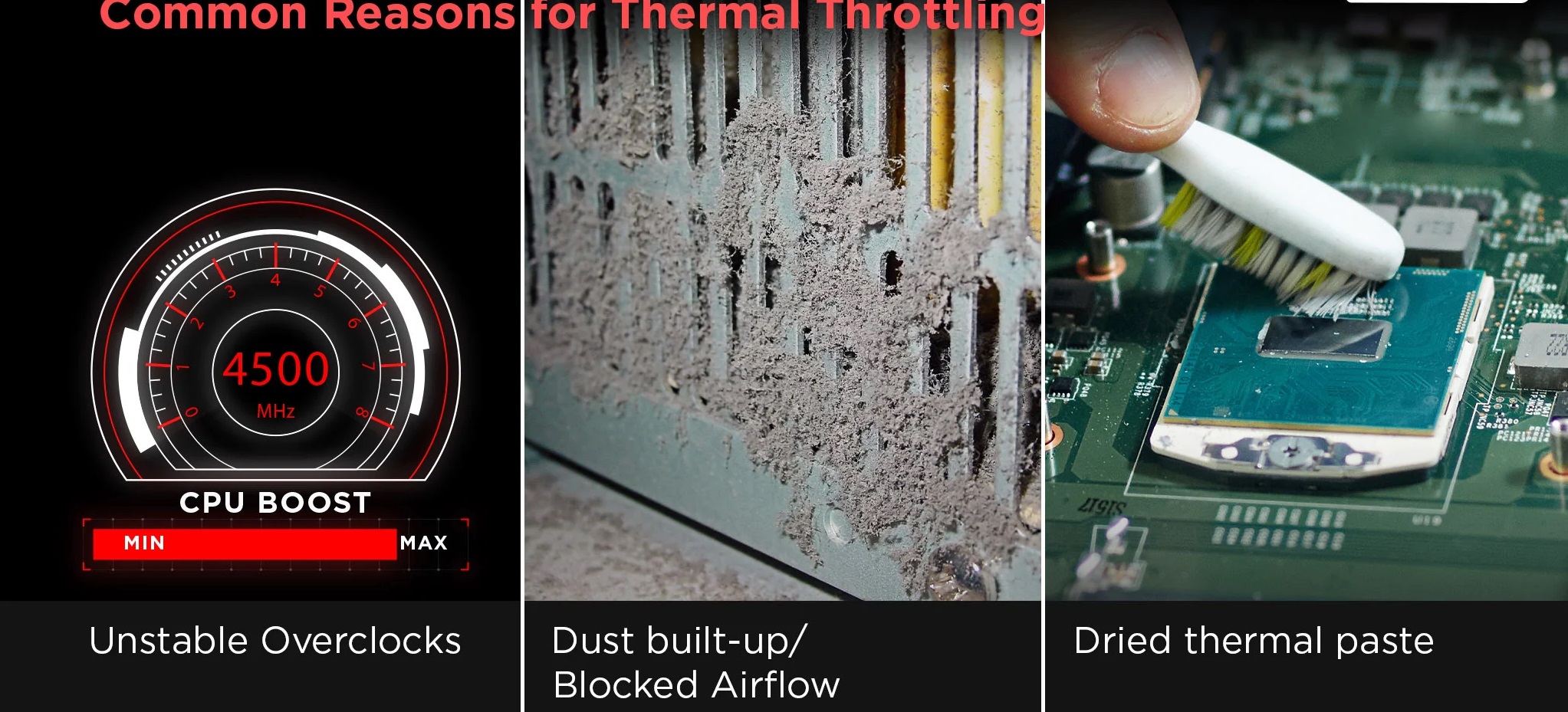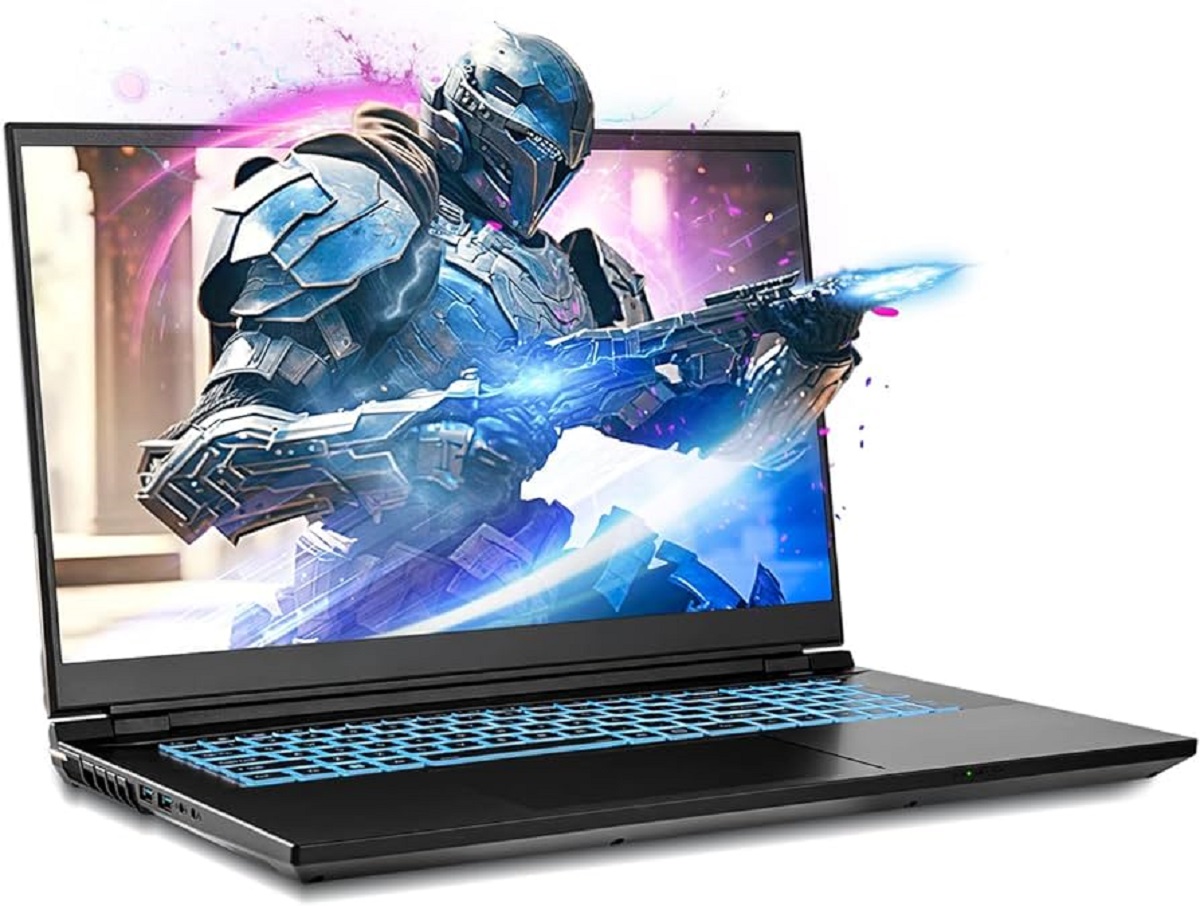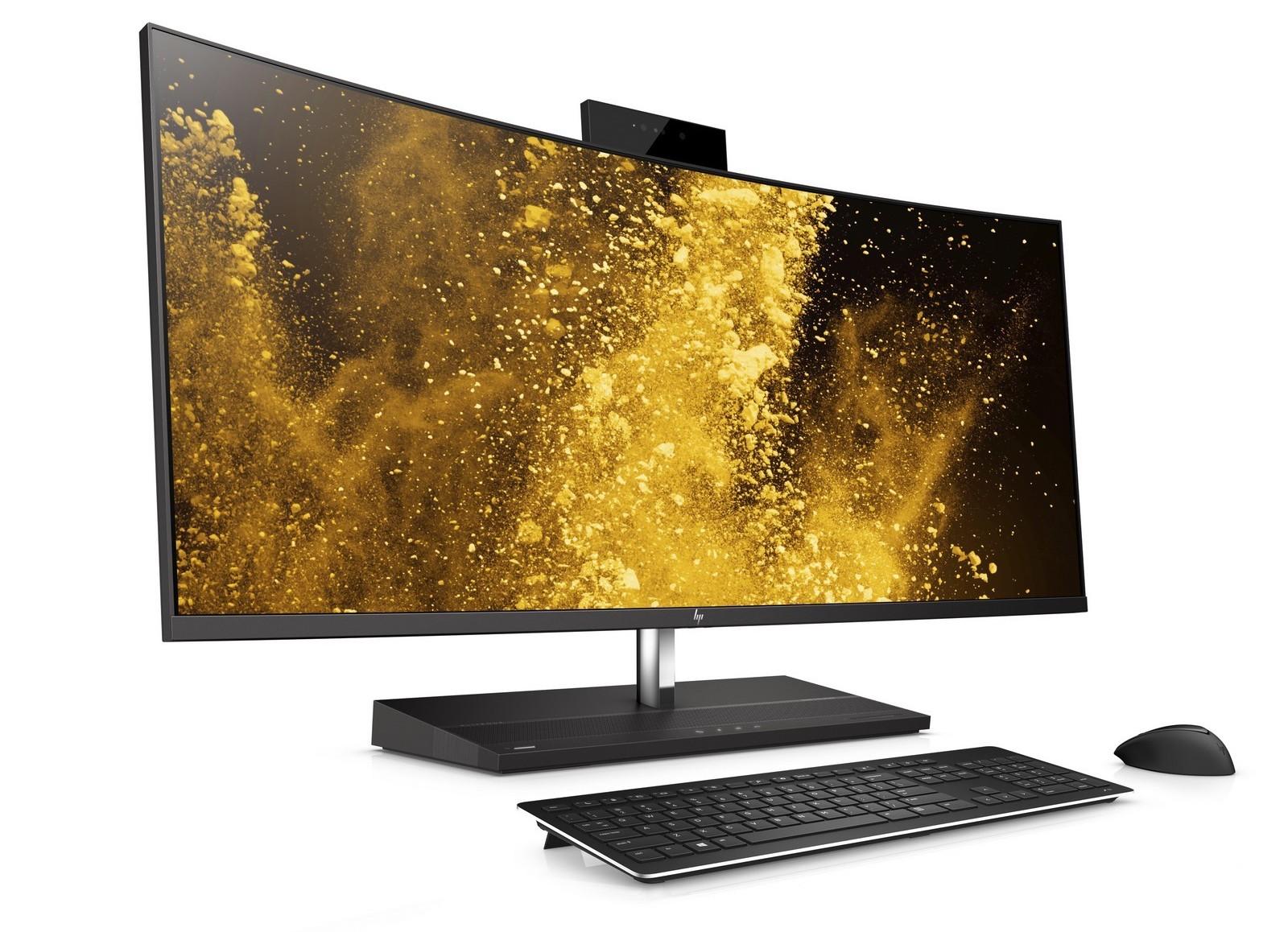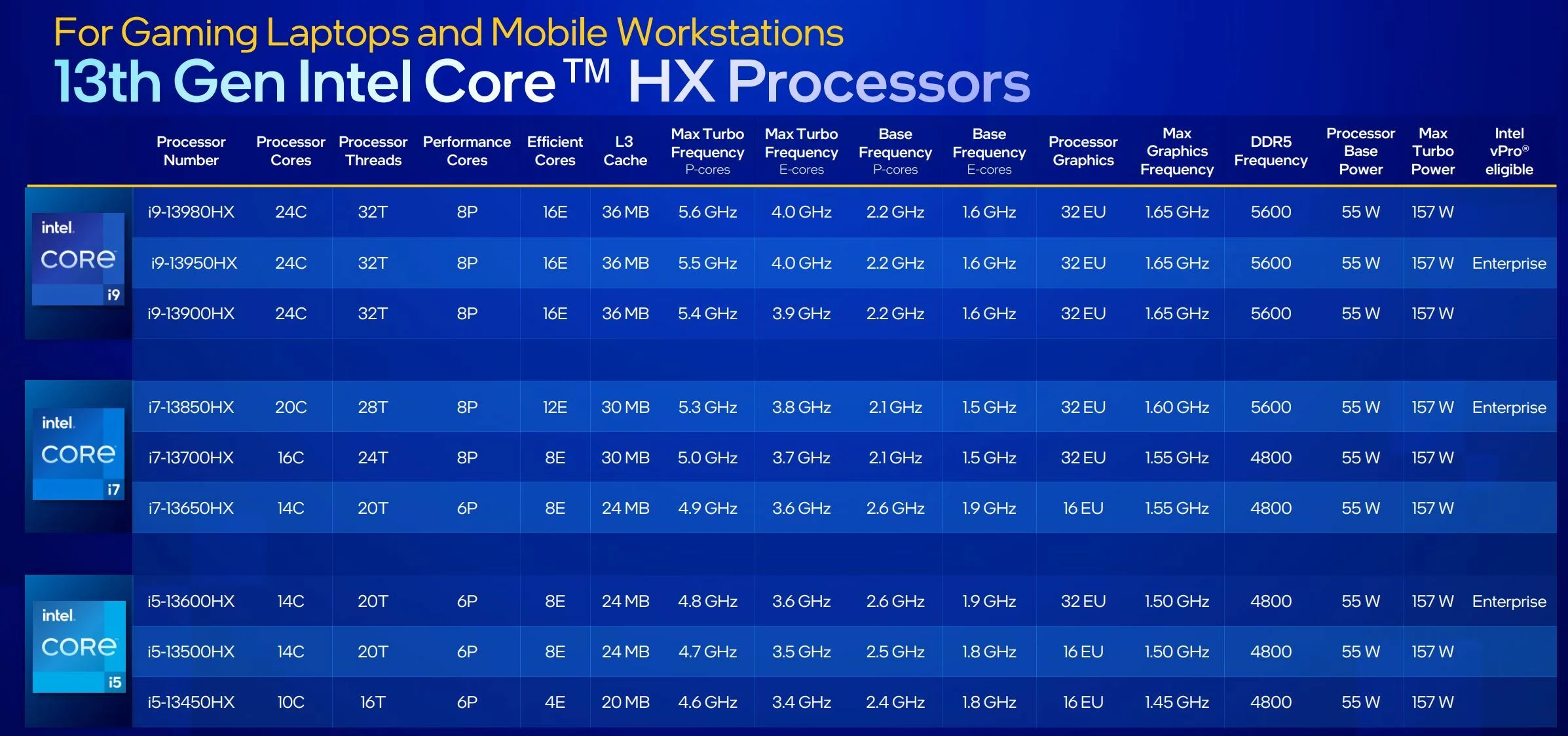Introduction
Welcome to the world of gaming laptops, where every frame per second counts! When it comes to gaming, having a high-performance laptop can make a world of difference in your gaming experience. One feature that can give your laptop that extra boost of power is Turbo Boost.
Turbo Boost is a technology developed by Intel that enables your laptop’s processor to operate at a higher frequency than its base clock speed. This means that it can squeeze out more performance when you need it the most, allowing your laptop to handle demanding tasks like gaming with ease.
In this article, we will explore what Turbo Boost is, how it works, and the benefits it brings to gaming. We will also discuss the system requirements for Turbo Boost, how to enable it on your gaming laptop, and some tips for maximizing its efficiency. So, whether you’re a casual gamer or a hardcore enthusiast, get ready to take your gaming experience to the next level with Turbo Boost!
What is Turbo Boost?
Turbo Boost is an innovative technology developed by Intel that allows your laptop’s processor to dynamically adjust its clock speed to deliver increased performance when needed. It is available on Intel Core i5, i7, and i9 processors, and it works by automatically overclocking the CPU (Central Processing Unit) to run at a higher frequency than its base clock speed.
The base clock speed refers to the default operating frequency of the processor, which is predetermined by the manufacturer. However, Turbo Boost allows the processor to exceed this base clock speed temporarily, providing a significant boost in performance without the need for manual overclocking.
When you’re engaged in demanding tasks such as gaming, video editing, or running resource-intensive applications, Turbo Boost kicks in to provide that extra power your laptop needs. It dynamically adjusts the clock speed based on the workload, ensuring optimal performance and responsiveness.
It’s important to note that Turbo Boost operates within the specified power and thermal limits set by the manufacturer. This means that it intelligently ramps up the clock frequency only when the processor is operating within safe parameters, preventing overheating and maintaining stability.
While Turbo Boost can offer a significant performance boost, it’s worth mentioning that it’s a feature that is enabled by default on most laptops. However, you may still need to manually adjust some settings to fully utilize its potential and ensure that it’s functioning optimally.
How Turbo Boost Works
Turbo Boost works by taking advantage of the power and thermal headroom available in your laptop’s processor. When the CPU detects that it is operating below its maximum power and temperature limits, it can dynamically increase its clock speed to deliver a performance boost.
The processor has a base clock speed, which is the default operating frequency set by the manufacturer. However, with Turbo Boost, the processor can temporarily exceed this base clock speed, known as the “turbo frequency,” to provide an extra burst of power when needed.
The decision to enable Turbo Boost and adjust the clock frequency is handled by the processor’s integrated Turbo Boost technology. It constantly monitors factors such as temperature, power consumption, and the workload being executed. If these factors are within the safe operating range, the processor will increase its clock speed to deliver higher performance.
For example, if you’re playing a graphically demanding game, the processor will sense the need for increased performance and automatically ramp up the clock speed to handle the intense processing demands. Once the task is completed or the workload decreases, the clock speed will return to its base frequency to conserve power and maintain lower temperatures.
It’s important to note that the magnitude and duration of the Turbo Boost performance increase depend on various factors, including the processor model, available power, thermal conditions, and workload characteristics. Each processor has different maximum turbo frequencies, which can be found in the specifications provided by the manufacturer.
Additionally, some processors feature multiple levels of Turbo Boost, allowing for even greater performance increases. These processors adaptively adjust their clock speed based on workload requirements, ensuring efficiency and optimal performance in various scenarios.
By utilizing the Turbo Boost technology, your gaming laptop can deliver the processing power needed to handle demanding tasks effectively and provide an immersive gaming experience without compromising performance or overheating.
Benefits of Turbo Boost for Gaming
Turbo Boost offers several key benefits that can greatly enhance your gaming experience. Let’s take a look at the advantages of utilizing Turbo Boost on your gaming laptop:
- Increased Performance: Turbo Boost allows your laptop’s processor to operate at higher clock speeds, resulting in improved performance during gameplay. This means faster loading times, smoother frame rates, and more responsive gameplay.
- Optimized Resource Allocation: Turbo Boost intelligently allocates the available power and thermal budget to different tasks based on their requirements. This ensures that your gaming applications receive the necessary resources, resulting in enhanced performance and reduced lag.
- Seamless Multi-Tasking: With Turbo Boost, your gaming laptop can handle not only your gaming needs but also other resource-intensive tasks simultaneously. Whether you’re live streaming, recording gameplay, or running background applications, Turbo Boost ensures a smooth and uninterrupted gaming experience.
- Better Game Responsiveness: The increased clock speeds provided by Turbo Boost contribute to quicker response times in games. This means faster character movements, reduced input lag, and improved overall game responsiveness, giving you a competitive edge in fast-paced gaming scenarios.
- Optimal Graphics Performance: Turbo Boost also benefits your graphics card by ensuring that the processor can keep up with the demands of modern games. It helps prevent bottlenecks, allowing your GPU to deliver its maximum performance and providing a visually stunning gaming experience.
- Efficiency and Battery Life: Turbo Boost is designed to provide extra performance when needed while maintaining power efficiency. It adjusts the clock speeds dynamically, conserving power during less demanding tasks and extending your gaming laptop’s battery life.
By leveraging Turbo Boost’s capabilities, you can unlock the full potential of your gaming laptop and enjoy a smoother, more immersive gaming experience. Whether you’re playing the latest AAA titles or engaging in competitive online gaming, Turbo Boost ensures that your laptop is ready to handle the demands of modern games with ease.
System Requirements for Turbo Boost
Before you can take advantage of the Turbo Boost technology on your gaming laptop, it’s essential to ensure that your system meets the necessary requirements. Here are the key factors to consider:
- Processor Model: Turbo Boost is available on specific Intel processors, including the Core i5, i7, and i9 series. Check the specifications of your laptop’s processor to ensure that it supports Turbo Boost technology.
- Thermal Design Power (TDP): Each processor has a designated Thermal Design Power, which represents the maximum amount of power it can dissipate without overheating. To support Turbo Boost, your laptop’s cooling system should be able to handle the increased power and dissipate the additional heat effectively.
- Power Supply: A reliable and sufficient power supply is crucial to ensure that your gaming laptop can deliver the necessary power when Turbo Boost is active. Make sure your system is plugged into a power source or has a fully charged battery to avoid any power-related issues.
- Thermal Management: Proper thermal management is essential to prevent overheating when Turbo Boost is engaged. Ensure that your laptop has adequate airflow, clean vents, and functioning fans to keep temperatures under control during intense gaming sessions.
- Bios Settings: Some laptops require specific BIOS settings to enable Turbo Boost. Access your laptop’s BIOS settings (usually by pressing a specific key during boot-up, such as F2 or Del) and look for options related to Turbo Boost. Enable the feature if it’s available.
- Updated Drivers: Keeping your laptop’s drivers up to date is important for optimal performance, including Turbo Boost functionality. Check the manufacturer’s website or use a reliable driver update software to ensure you have the latest drivers installed.
Checking these system requirements will help ensure that Turbo Boost works seamlessly on your gaming laptop. It’s worth noting that while most modern gaming laptops come equipped with the necessary components, it’s still a good idea to verify compatibility and make any necessary adjustments to optimize Turbo Boost performance.
Enabling Turbo Boost on Your Gaming Laptop
Enabling Turbo Boost on your gaming laptop is typically a straightforward process. However, the exact steps may vary depending on your laptop’s manufacturer and BIOS settings. Here are some general guidelines to get you started:
- Access BIOS Settings: Start by restarting your laptop and entering the BIOS settings. This is usually done by pressing a specific key (such as F2, Del, or Esc) during the boot-up process. Consult your laptop’s manual or do a quick online search to find the precise key for your model.
- Navigate to Power or CPU Settings: Once inside the BIOS settings, look for options related to CPU, Power, or Performance. These settings may vary depending on your laptop’s manufacturer and BIOS version. Explore the menus and submenus until you find the relevant options.
- Locate Turbo Boost Option: Within the CPU, Power, or Performance settings, there should be an option specifically related to Turbo Boost. It may be labeled as “Intel Turbo Boost,” “Turbo Mode,” or something similar. Enable this option to activate Turbo Boost functionality.
- Save and Exit: After enabling Turbo Boost, save your changes and exit the BIOS settings. The exact process for saving and exiting may vary, but most BIOS interfaces have an option to save changes and exit. Select this option to apply the Turbo Boost settings.
- Verify Turbo Boost Status: Once your laptop boots up, you can verify if Turbo Boost is enabled by checking the clock speed of your CPU. There are various monitoring tools available, such as CPU-Z or Intel XTU (Extreme Tuning Utility), that can display real-time information about your processor’s clock speed.
It’s important to note that not all laptops provide user-accessible BIOS settings, and some may have limited options. In such cases, Turbo Boost is typically enabled by default, and you don’t need to make any manual adjustments.
If you’re unsure about accessing the BIOS or making changes to the settings, it’s recommended to consult your laptop’s manual or reach out to the manufacturer’s support for guidance specific to your model.
Monitoring Turbo Boost Performance
Monitoring the performance of Turbo Boost on your gaming laptop can help you ensure that it is functioning optimally and delivering the expected performance boost. Here are some methods and tools you can use to monitor Turbo Boost performance:
- Task Manager: The built-in Task Manager in Windows allows you to monitor CPU performance in real time. Open Task Manager by right-clicking the taskbar and selecting “Task Manager” or by pressing Ctrl+Shift+Esc. Go to the “Performance” tab, and you’ll see a graph displaying CPU usage and speed. Keep an eye on the clock speed to see if it is reaching the turbo frequency during demanding tasks.
- CPU Monitoring Software: There are various third-party software applications available that provide detailed information about your CPU, including clock speed, temperature, and utilization. Programs such as CPU-Z, HWMonitor, and Core Temp can offer real-time monitoring and display the current clock speed of your CPU during gaming sessions.
- Intel XTU (Extreme Tuning Utility): Intel XTU is a powerful tool specifically designed for Intel-based systems. It allows you to monitor and adjust various aspects of your CPU performance, including Turbo Boost settings. XTU provides real-time information about clock speed, temperature, and power consumption, making it a valuable tool for monitoring Turbo Boost performance.
- Manufacturer’s Software: Some laptop manufacturers provide their own software utilities for monitoring system performance. Check if your laptop has any proprietary software that allows you to monitor CPU clock speed and temperature. These utilities often include additional features like fan control and power management options.
By monitoring Turbo Boost performance, you can ensure that it is engaging as expected and confirm that your laptop’s cooling system is effectively dissipating the additional heat generated during turbo frequencies. Keep in mind that CPU clock speeds may vary depending on factors such as workload, power settings, and thermal conditions. Monitoring software can help you identify any abnormalities or issues that may affect the performance of Turbo Boost.
Remember that while Turbo Boost provides a temporary performance boost, it’s not meant to be constantly engaged. The processor will automatically adjust its clock speed based on the workload and thermal conditions to maintain stability and prevent overheating. Monitoring Turbo Boost performance can help you determine if it’s working as intended and enhance your overall gaming experience.
Tips for Maximizing Turbo Boost Efficiency
To get the most out of Turbo Boost on your gaming laptop, here are some tips to help maximize its efficiency and ensure optimal performance during gameplay:
- Ensure Proper Cooling: Turbo Boost relies on effective cooling to prevent overheating. Make sure your laptop’s cooling system is clean and free from dust buildup. Use a cooling pad or elevate your laptop to improve airflow and reduce temperature spikes.
- Manage Power Settings: Adjusting your power settings can affect how Turbo Boost functions. Set your power plan to “High Performance” mode to allow the processor to operate at its maximum potential. However, keep in mind that this may result in increased power consumption and reduced battery life.
- Close Unnecessary Background Processes: Running unnecessary applications or processes in the background can consume CPU resources and limit the efficiency of Turbo Boost. Close any non-essential programs to free up system resources for gaming.
- Optimize In-Game Settings: Adjusting the graphics settings in your games can help reduce the strain on the CPU and allow Turbo Boost to focus on delivering the necessary performance. Lowering graphics settings such as resolution, shadows, and anti-aliasing can help free up CPU resources for smoother gameplay.
- Update Graphics Drivers: Keeping your graphics card drivers up to date ensures compatibility with the latest games and optimizations. Updated drivers can help provide a more stable and efficient gaming experience, allowing Turbo Boost to work in synergy with your GPU.
- Monitor Temperatures: Regularly check the temperatures of your CPU and GPU during gaming sessions to ensure that they are within safe limits. High temperatures can lead to thermal throttling and limit the performance of Turbo Boost. Consider using monitoring software to keep track of temperatures in real time.
- Balance Workload: Distribute workloads evenly among CPU cores to make the best use of the available resources. Some games or applications may not be optimized to utilize multiple cores efficiently. In such cases, you can use CPU affinity settings to assign specific cores to those programs.
- Limit Background Downloads and Updates: Large downloads or updates in the background can consume valuable bandwidth and CPU resources, potentially affecting Turbo Boost performance. Schedule downloads and updates for non-gaming periods or ensure they are completed before starting your gaming session.
- Keep Your Laptop Clean and Well-Maintained: Regularly clean your laptop’s fans and vents to prevent dust accumulation, which can impede airflow and hinder cooling. Additionally, consider applying new thermal paste to the CPU and GPU if you notice high temperatures during gaming sessions.
Implementing these tips will help you optimize Turbo Boost efficiency and ensure that your gaming laptop delivers the best possible performance during gameplay. Experiment with different settings and adjustments to find the optimal balance between performance, temperature, and power consumption for your specific system.
Remember that Turbo Boost is designed to provide temporary bursts of performance when needed, and it’s essential to maintain a balance between maximizing performance and maintaining safe operating temperatures to avoid thermal throttling or overheating your laptop.
Common Issues and Troubleshooting
While Turbo Boost can significantly enhance your gaming experience, there are a few common issues that you might encounter. Here, we’ll discuss some common issues related to Turbo Boost on gaming laptops and provide troubleshooting tips to resolve them:
- Overheating: One of the most common issues with Turbo Boost is overheating. If your laptop’s temperatures rise too high, the processor will throttle the clock speed to prevent damage. Ensure proper cooling by keeping the vents clean, using a cooling pad, and optimizing the laptop’s airflow.
- Inconsistent Turbo Boost: In some cases, Turbo Boost may not consistently engage or reach the expected clock speeds. This could be due to power settings, BIOS configuration, or thermal constraints. Verify that Turbo Boost is enabled in the BIOS, set your power plan to “High Performance,” and monitor temperatures to ensure they are within acceptable limits.
- Compatibility Issues: Ensure that your gaming laptop’s processor is compatible with Turbo Boost technology. Check the specifications of your laptop’s processor and consult the manufacturer’s documentation to confirm its compatibility.
- Insufficient Power Supply: Turbo Boost requires an adequate power supply to function optimally. If your laptop is not connected to a power source or the battery is low, Turbo Boost may not engage or operate at its full potential. Ensure that your laptop is adequately powered during gaming sessions.
- Outdated Drivers or BIOS: Updating your graphics card drivers and BIOS can help resolve compatibility issues and improve Turbo Boost performance. Visit the manufacturer’s website and download the latest driver and BIOS versions specifically designed for your laptop model.
- Incompatible Software: Certain software applications, such as power-saving utilities or resource-intensive programs, may interfere with Turbo Boost functionality. Disable or exit these programs before launching games or engaging in demanding tasks to ensure Turbo Boost operates uninterrupted.
- Bios Settings: Incorrect BIOS settings can hinder Turbo Boost. Check your laptop’s BIOS for any settings related to Turbo Boost and ensure they are properly configured. If you’re uncertain about certain settings, consult your laptop’s manual or seek guidance from the manufacturer’s support team.
If you encounter any issues with Turbo Boost on your gaming laptop, these troubleshooting tips should help resolve the most common problems. However, it’s important to note that every laptop configuration is different, and some issues may require more advanced troubleshooting or assistance from technical support.
If the issues persist or you’re unsure about making changes to your laptop’s settings, it’s recommended to reach out to the laptop manufacturer’s support team for personalized guidance and assistance specific to your laptop model.
Conclusion
Turbo Boost is a powerful technology that can elevate the performance of your gaming laptop to new heights. By allowing the processor to increase its clock speed for demanding tasks, Turbo Boost delivers a significant boost in performance, resulting in smoother gameplay, improved responsiveness, and optimal utilization of system resources.
In this article, we explored what Turbo Boost is and how it works. We discussed the benefits it brings to gaming, such as increased performance, optimized resource allocation, and seamless multitasking. We also highlighted the system requirements for Turbo Boost and provided tips for enabling and monitoring Turbo Boost performance on your gaming laptop.
Additionally, we offered tips for maximizing Turbo Boost efficiency, including proper cooling, power management, workload balance, and keeping your laptop clean and well-maintained. We also discussed some common issues that may arise with Turbo Boost and provided troubleshooting tips to help resolve them.
By understanding Turbo Boost and following these guidelines, you can ensure that your gaming laptop harnesses the full power of its processor and delivers an immersive and exceptional gaming experience. Remember that every laptop configuration is unique, and it’s important to adapt these recommendations based on your specific needs and hardware setup.
So, whether you’re a casual gamer or a dedicated enthusiast, take advantage of Turbo Boost and unlock the true potential of your gaming laptop. Embrace the power to conquer new realms, battle fierce opponents, and immerse yourself in the thrilling world of gaming like never before.









